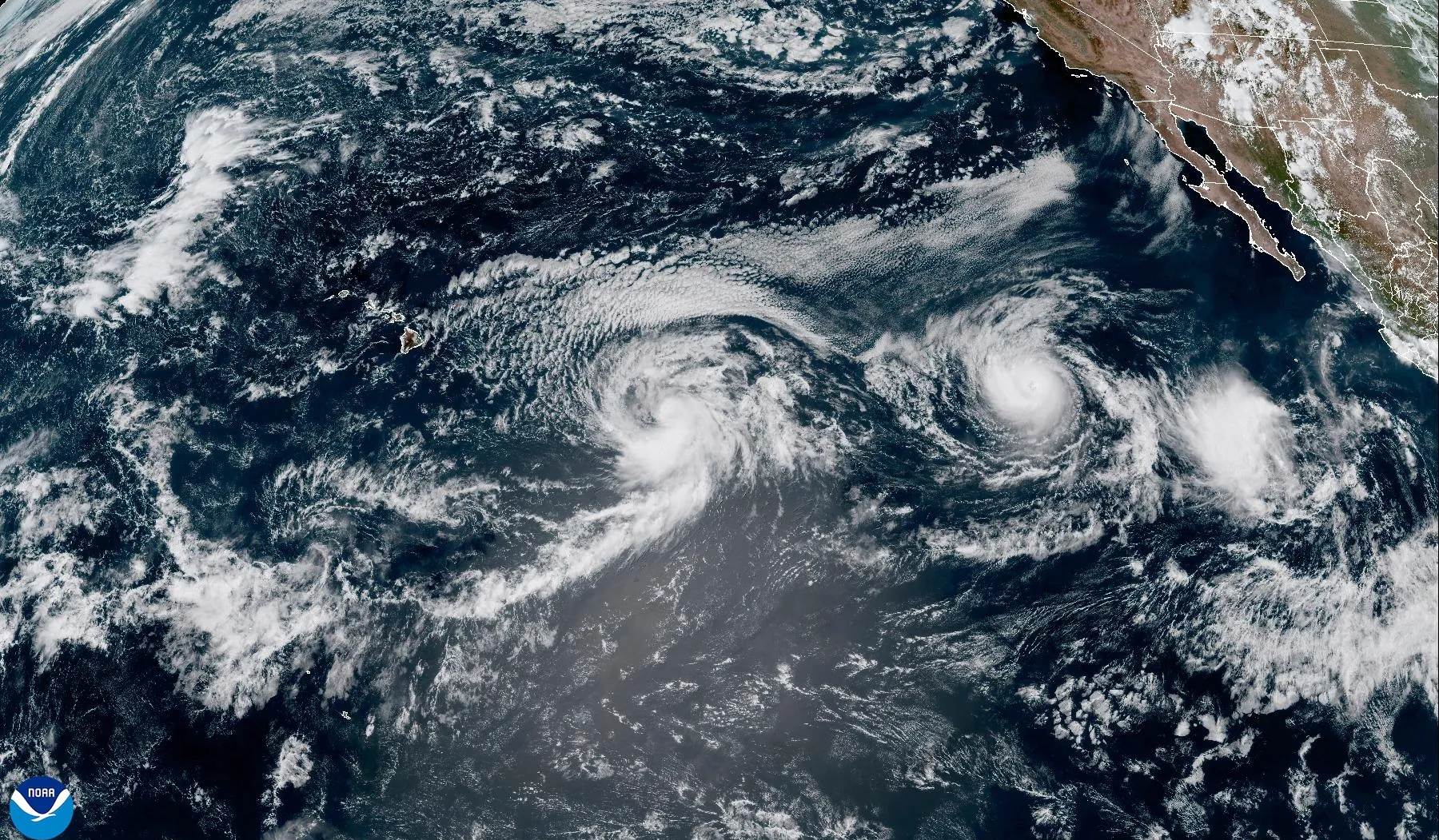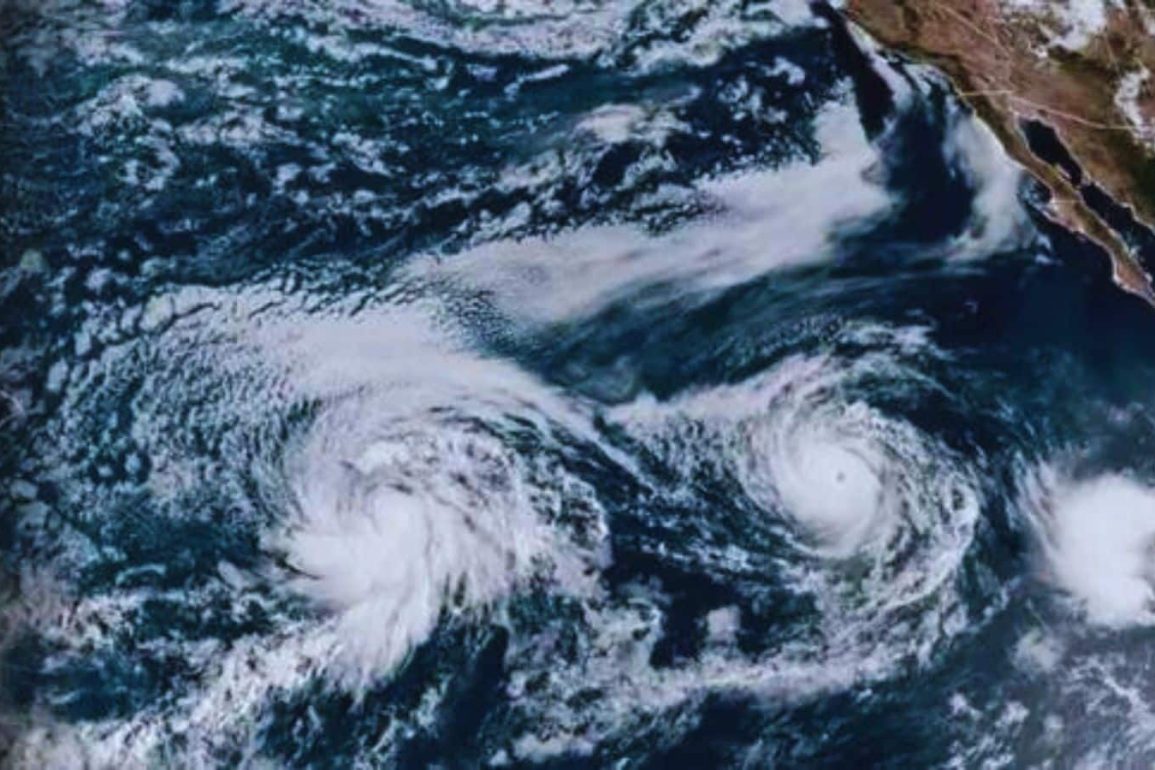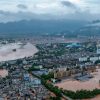Hawaii is bracing for the effects of back-to-back hurricanes, with Hurricane Hone exiting on Monday and Hurricane Gilma approaching from the eastern Pacific. As Hone moved away, residents like Laurie Lyon-Makaimoku in Lower Puna on the Big Island began preparing for Gilma’s anticipated strong winds. Lyon-Makaimoku’s family secured their outdoor structures, collected supplies, and harvested avocados and breadfruit to prepare for the incoming storm.
Hurricane Hone, which intensified into a Category 1 storm, brought heavy rain to the Big Island, causing significant flooding and power outages. The storm’s impact led to road closures and power loss affecting thousands of homes and businesses. By Sunday night, Hone had weakened to a tropical storm as it continued west of the Hawaiian islands, leading to some relief but still leaving damage to address.
Hawaii County Mayor Mitch Roth announced that recovery efforts were underway. Emergency crews began inspecting the damage, and efforts to restore power were in progress. With only 2,000 blackouts reported by midmorning, Roth stressed the importance of preparing for Hurricane Gilma, which was expected to follow soon after Hone.
Hurricane Gilma, currently over 1,100 miles east of Hilo, has intensified to a Category 2 storm with winds reaching 110 mph. Forecasters predict that Gilma will pass north of Hawaii and could weaken into a tropical depression later in the week. The storm’s potential impact will depend on its proximity to the state, with concerns about rough seas and surf affecting safety for swimmers and boaters.

On Oahu, located more than 130 miles northwest of the Big Island, residents experienced strong winds but avoided power outages. Kulana Cannon highlighted that the recent tragedy in Maui caused by Hurricane Dora has made hurricane preparedness more urgent for residents. The lessons learned from last year’s devastating fires have heightened their awareness and readiness.
The Pacific has seen more named storms this season compared to the Atlantic, with Hurricanes Hone, Gilma, and Hector currently active. This is contrary to earlier predictions of a busy Atlantic hurricane season, which has not materialized as expected. Meteorologists attribute this discrepancy to cooler ocean temperatures in the Atlantic that are inhibiting storm development.
Tropical Storm Hone was located 280 miles west-southwest of Honolulu with winds of 65 mph. The storm’s trajectory suggests it will continue to weaken as it moves away from Hawaii. Travel disruptions were notable over the weekend, particularly with flight cancellations, but the Hawaiian Tourism Authority has assured that travel to the islands remains safe despite ongoing storm activity.
The occurrence of two named storms passing near Hawaii within a week would be a rare event, the first in over 30 years. The last such instance was in September 1992, when Hurricane Iniki was followed by Tropical Depression Orlene. While storms do not need to directly hit the islands to cause problems, recent rains from Hone have mitigated some wildfire risks. Meanwhile, Tropical Storm Hector is being monitored for its potential impact on the state, though it is too early to determine its exact effects.

